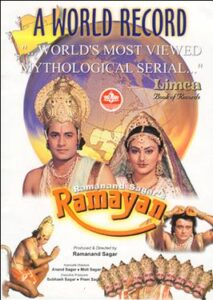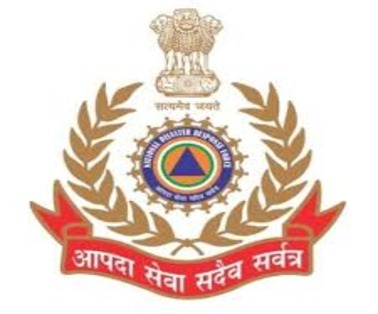Embark on a journey to explore the cultural resonance and enduring legacy the timeless epic
Ramayan (1987), the iconic Indian television epic. Dive deep into its profound impact on storytelling, religious sensitivity, and global recognition. Uncover the power behind the series that not only shapes cultural identity but also leaves an indelible mark on generations to come.”The Ramayan, a revered ancient Indian epic attributed to Sage Valmiki, has been a source of spiritual and cultural inspiration for centuries. In 1987, the television adaptation of Ramayan captured the hearts of millions, becoming a cultural phenomenon and leaving an indelible mark on the collective memory of the Indian subcontinent. In this blog, we delve into the significance of Ramayan (1987), exploring its impact, cultural resonance, and the reasons behind its enduring popularity.
The Power of Storytelling:
Ramayan (1987) was not merely a television series; it was a captivating narrative that brought to life the heroic journey of Lord Rama, his wife Sita, and his loyal companion Hanuman. The show’s meticulous storytelling, characterized by vivid dialogues, intricate plot development, and emotionally charged performances, mesmerized audiences across generations. The use of traditional Indian art forms, such as Rangoli and Kathak, added a visual richness that enhanced the storytelling experience.
Cultural triumph and Values:
The series played a pivotal role in reinforcing and disseminating cultural values embedded in the Ramayan. The portrayal of characters like Lord Rama, Sita, Lakshman, and Hanuman resonated with the audience’s perception of these divine figures, fostering a sense of cultural identity and pride. The show’s emphasis on virtues such as righteousness, duty, and devotion showcased the timeless relevance of these principles in contemporary society.
Religious Sensitivity and Devotion:
Ramayan (1987) was not just a television show; it was a cultural event that brought families together every Sunday morning. The depiction of divine events and characters was handled with great reverence, catering to the religious sensitivities of the viewers. The series became a weekly ritual for many households, fostering a sense of devotion and spirituality among its audience.
Iconic Characters and Memorable Performances:

The success of Ramayan (1987) can be attributed in no small part to the outstanding performances of its cast. Arun Govil’s portrayal of Lord Rama, Dipika Chikhlia’s embodiment of Sita, and Dara Singh’s powerful Hanuman left an indelible mark on the minds of viewers. The chemistry between the actors and the authenticity they brought to their roles contributed significantly to the show’s success.
Music and Melody:
The soul-stirring music of Ramayan (1987) composed by Ravindra Jain is etched in the memories of millions. The iconic title track, “Mangal Bhavan Amangal Haari,” became a hymn recited in many households, further cementing the series’ place in the cultural landscape. The music not only heightened the emotional impact of the narrative but also served as a medium to connect with the spiritual essence of the epic.
Technological Marvels of the Time:
Considering that the series was produced in the late 1980s, the technological achievements of Ramayan (1987) were groundbreaking. The use of special effects and innovative techniques for portraying supernatural events, such as Hanuman’s giant leap to Lanka, showcased the dedication of the production team to bring the epic to life. The limited resources of the time did not hinder the show’s ability to create a visual spectacle that captivated audiences.
Global Influence and Recognition:
While Ramayan (1987) was primarily aimed at an Indian audience, its impact transcended borders. The series gained international recognition, attracting viewers from diverse cultural backgrounds. The universal themes of love, duty, and the triumph of good over evil resonated with people worldwide, earning the show a place in the global cultural tapestry.
Enduring Legacy:
The legacy of Ramayan (1987) endures to this day. Its reruns and availability on digital platforms have introduced the epic to newer generations, ensuring that its cultural significance continues. The show’s impact on popular culture is evident in references to its characters and dialogues in various forms of media, attesting to its lasting influence.

Conclusion:
Ramayan (1987) stands as a testament to the enduring power of storytelling and the ability of television to connect people with their cultural heritage. Beyond being a mere retelling of an ancient epic, the series became a cultural phenomenon, shaping the way generations perceive and celebrate their traditions. As we reflect on the impact of Ramayan (1987), we are reminded of the timeless relevance of its teachings and the profound influence it continues to exert on the cultural fabric of society.
“Disclaimer: This blog is intended for informational and cultural exploration purposes only. Any views or opinions expressed are those of the author and do not necessarily reflect the official stance of any organization or individual mentioned. All information provided is based on the author’s knowledge as of the last update in January 2022.”
Plzz do follow the blog for latest news
https://thetopnews.in/
To watch the timeless epic click here




